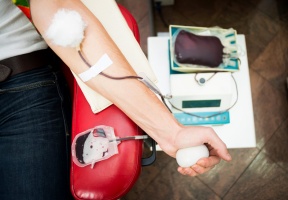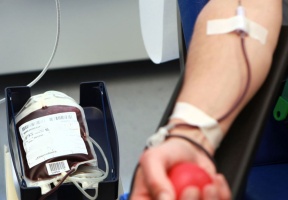

When the deadliest mass shooting in U.S. history unfolded in Las Vegas on Oct. 1, 2017, former TV news reporter M. James Lozada III, DO, was in Chicago completing a fellowship in obstetric anesthesiology at Northwestern University Feinberg School of Medicine. Now an assistant professor of Anesthesiology at Vanderbilt University Medical Center, Lozada had worked in Las Vegas from 2004 to 2006, his final two years as a broadcast journalist. In the wake of the slaughter, he assembled a multi-disciplinary group of co-authors, dusted off his reporting skills and began compiling data about the mass casualty response in Las Vegas. The resulting report, appearing this week in The Journal of Trauma and Acute Care Surgery, is focused on blood transfusion needs and the influence of media coverage on blood bank operations. The report includes comparisons with other recent mass shootings.
In Las Vegas there were 58 people killed and 869 injured. There were some 220 hospital admissions, including at least 68 critical care admissions. Three health care systems provided data for the report, having admitted 185 victims among them. During the first 24 hours these patients received 499 blood components, or 2.7 units per admission. In an Oct. 2 press release, the AABB (formerly known as the American Association of Blood Banks) stressed that current U.S. blood supplies were adequate to meet the needs of the shooting victims. As a result, some news reports noted that donors were giving too much blood. The Las Vegas blood bank, United Blood Services, reported having received 791 donations immediately following the mass shooting. They told Lozada that 137 of these donations (17 percent) went unused and were subsequently discarded, compared to an average 26 wasted donations per month at the blood bank.









